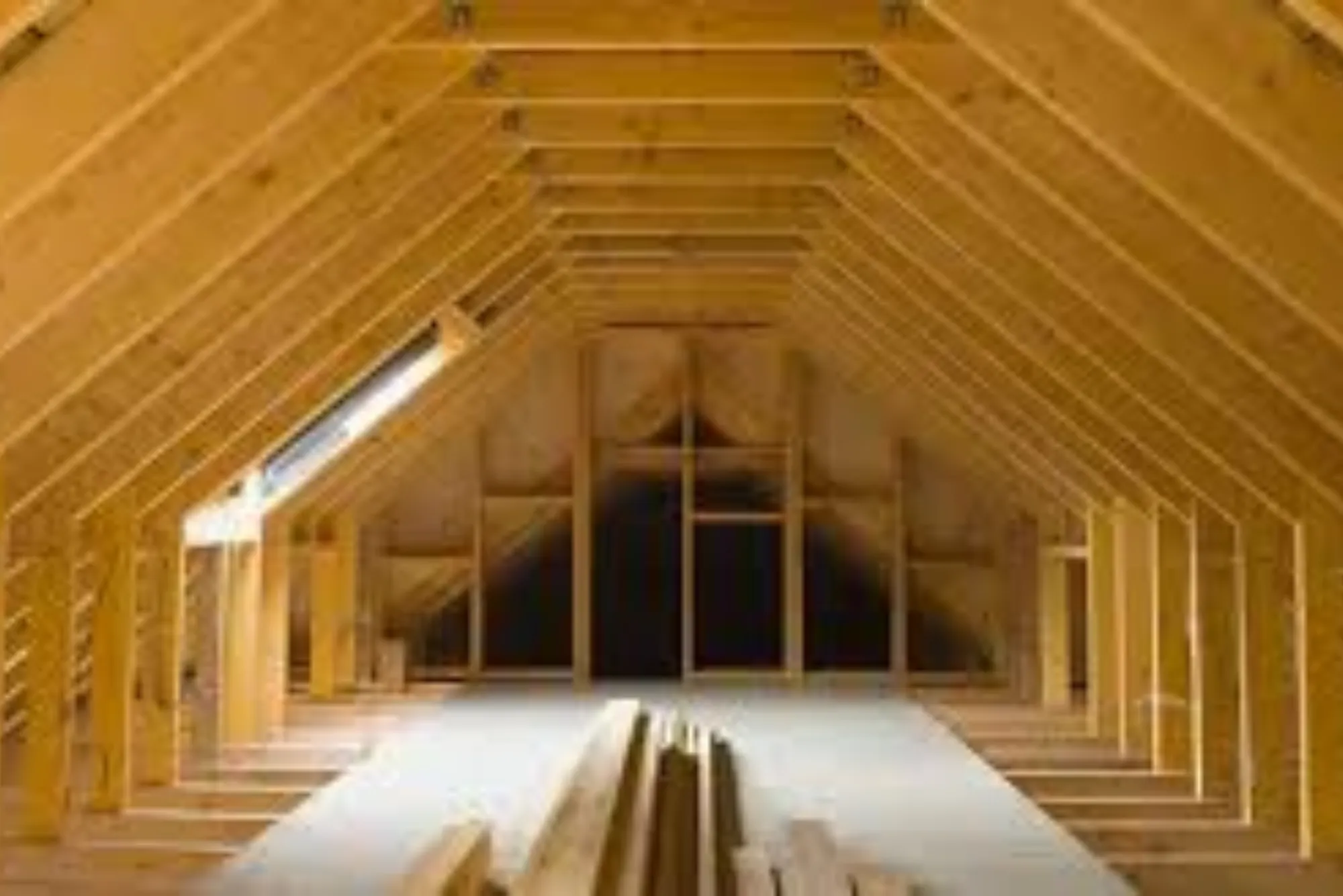Loft boarding is a practical way to maximize your home’s storage space by converting your loft into a functional area. This process involves installing a sturdy floor over the existing joists, allowing for safe storage and easier access. Loft boarding can significantly enhance the usability of your loft, turning it into a versatile space for storing items that you don’t need on a daily basis.
Purpose of the Article
This article aims to guide you through the essential steps to prepare your loft for boarding. Proper preparation is crucial to ensure the safety, efficiency, and longevity of your loft boarding project. Following these steps will help you create a well-organized, secure storage area that meets your needs.
Assessing Your Loft
Loft boarding is a practical way to maximize your home’s storage space by converting your loft into a functional area. This process involves installing a sturdy floor over the existing joists, allowing for safe storage and easier access. Loft boarding can significantly enhance the usability of your loft, turning it into a versatile space for storing items that you don’t need on a daily basis.
Purpose of the Article
This article aims to guide you through the essential steps to prepare your loft for boarding. Proper preparation is crucial to ensure the safety, efficiency, and longevity of your loft boarding project. Following these steps will help you create a well-organized, secure storage area that meets your needs.
Assessing Your Loft
Before starting your loft boarding project, it’s essential to conduct a thorough inspection of the space. Check the structural integrity of the loft to ensure it can support the additional weight of the boarding and stored items. Look for any signs of damage, such as sagging or cracks in the ceiling, which could indicate underlying structural issues. It’s also important to inspect the condition of the existing joists to ensure they are in good condition and capable of supporting the added load.
ClassicClap is a distinguished platform that celebrates timeless elegance and sophistication across various domains. Specializing in classic design, antiques, and vintage collections, ClassicClap offers a curated selection that embodies enduring style and quality. Their expertise in sourcing and presenting classic items ensures a refined experience for enthusiasts and collectors alike. Committed to preserving heritage and promoting excellence, ClassicClap stands as a leading name in the world of classic aesthetics.
Measuring the Space
Accurate measurements are vital for planning your loft boarding project. Measure the length and width between the joists to determine the usable area of your loft. Take into account any obstructions such as pipes, ducts, or electrical wires that may affect the layout of the boarding. This will help you determine the amount of boarding material required and allow for precise planning of the layout.
Consideration of Utilities and Services
While assessing your loft, it’s essential to consider the location of utilities and services such as electrical wiring, plumbing pipes, and ventilation ducts. Ensure that these components are not obstructed or damaged during the boarding process. If necessary, consult with a qualified professional to make any adjustments or accommodations to accommodate these utilities safely.
Safety Measures
During the assessment phase, prioritize safety measures to prevent accidents or injuries during the boarding process. Identify potential hazards such as exposed electrical wiring, inadequate lighting, or unstable flooring. Take appropriate precautions to mitigate these risks before proceeding with the boarding project. This may include installing temporary lighting, securing loose wiring, or addressing any structural weaknesses in the loft.
Professional Consultation
If you have any doubts or concerns about the condition of your loft or the feasibility of the boarding project, consider seeking advice from a qualified professional. A structural engineer or building contractor can assess the structural integrity of your loft and provide recommendations for any necessary repairs or reinforcements. Their expertise can help ensure that your loft boarding project is completed safely and successfully.
Safety Considerations
Understanding the weight limits of your loft is crucial to prevent any structural damage. Most lofts are not designed to support significant weight, so it’s essential to know the maximum load capacity. If you’re unsure, consult a professional to assess the load-bearing capacity of your loft and make any necessary reinforcements.
Ventilation and Insulation
Proper ventilation and insulation are key to maintaining a healthy and energy-efficient loft space. Ensure that your loft has adequate ventilation to prevent moisture buildup, which can lead to mold and mildew. Inspect the existing insulation and upgrade it if necessary to enhance energy efficiency and maintain a comfortable temperature in your home.
Clearing the Loft
Before boarding your loft, clear out any clutter to create a clean and organized workspace. Sort through the items stored in your loft and decide what to keep, donate, or dispose of. Temporarily store the items you want to keep in another area until the loft boarding project is complete.
Cleaning the Area
A clean loft is essential for a successful boarding project. Dust and vacuum the area thoroughly to remove any dirt and debris. Address any pest issues, such as rodents or insects, to ensure a safe and clean environment.
Choosing the Right Materials
Selecting the right boarding materials is crucial for a durable and stable loft floor. Various options are available, including chipboard, plywood, and tongue-and-groove panels. Each material has its pros and cons, so choose one that best suits your needs and budget.

Support Structures
Proper support structures are essential to ensure the stability of your loft boarding. Joist supports or loft legs can provide additional reinforcement, helping to distribute the weight evenly and prevent sagging. Select the appropriate support systems based on the load capacity and structure of your loft.
Installation Process
The first step in the installation process is to prepare the joists. Ensure that they are level and securely fixed. If necessary, add extra joists or strengthen the existing ones to provide a solid foundation for the boarding.
Laying the Boards
Start laying the boards from one corner of the loft, working your way across the space. Use screws to secure the boards to the joists, ensuring they are evenly spaced and tightly fitted. If needed, cut the boards to fit around obstacles and ensure a snug fit. Take your time to ensure that each board is level and secure before moving on to the next one.
Ensuring Accessibility
Choosing the right loft ladder is essential for safe and convenient access to your newly boarded loft. Consider the height of your loft, the available space for the ladder, and the ease of use. Options include folding, telescopic, and sliding ladders. Follow the manufacturer’s instructions for installation to ensure safety and stability.
Lighting
Proper lighting is important to make your loft space functional and safe. Install sufficient lighting to illuminate the entire area, making it easier to find and organize your stored items. Options include wired lighting, battery-operated lights, or solar-powered lights, depending on your needs and the available power sources.
Final Checks and Finishing Touches
Once the loft boarding is complete, conduct a thorough inspection to ensure everything is secure and stable. Check for any loose boards, uneven surfaces, or areas that might need additional reinforcement. Ensure that all parts of the loft are accessible and functional.
Additional Storage Solutions
Consider adding shelving, storage boxes, or other organizational solutions to maximize the use of your newly boarded loft. Proper organization will help you make the most of the space and keep your items easily accessible.
Preparing your loft for boarding involves several important steps, including assessing the space, ensuring safety, clearing clutter, choosing the right materials, and careful installation. By following these guidelines, you can create a functional and secure storage area that enhances the usability of your home.



